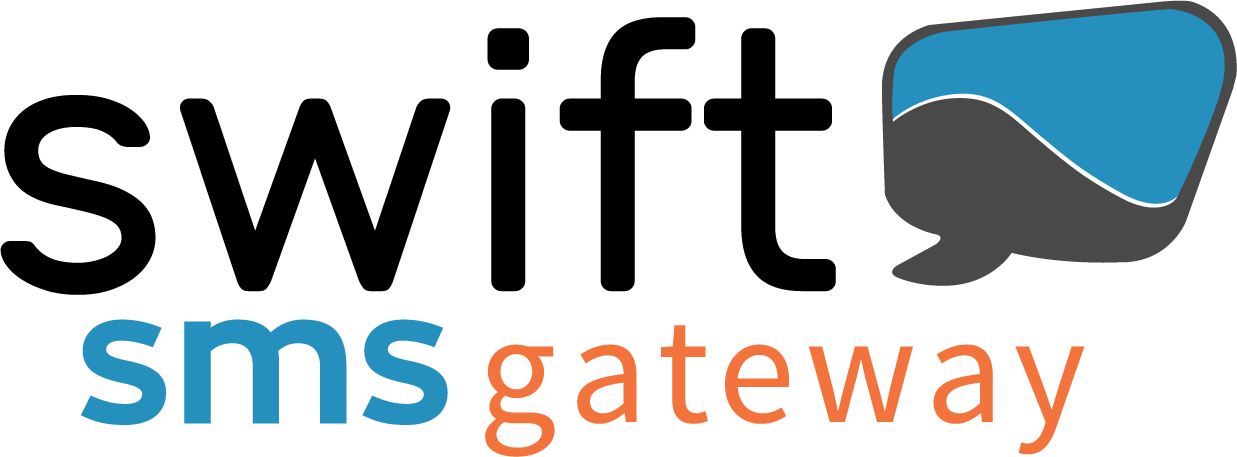Due to the consistent and rising popularity of different rich text format varieties, like iMessage and Rich Communication Services (RCS), support for concatenation is becoming more essential than ever. With the assistance and diligence of aggregators like Swift SMS Gateway, improving the experience for end users by ensuring longer communications arrive in the right order can be achieved through the use of Short Message Service (SMS) standards that bridge the messages.
What Are Concatenated SMS Messages?
Today, it's easier than ever to communicate with clients and customers across the globe. From email to videoconferencing, it only takes a moment to connect with anyone who owns a smart device. Modern communication is so intuitive that, in this culture of constant accessibility, it's easy to lose sight of all the complicated work that makes our day-to-day interactions possible. Many people take it for granted that when they type out a longer SMS text message on their mobile phone and hit send, the text will reach its destination intact, just as it was sent.
The truth of the matter is that seamless communication with lengthy SMS text messages can only be achieved with a behind-the-scenes mechanism called concatenation.
Message Length and Concatenation Basics: How Long Is a Single SMS Body?
SMS messages have an upper limit for how much data they can contain. Generally, a text message can deliver up to 1,120 bits of information, including all of the various encoding factors at play. Every character in a Latinate language, such as English or Spanish, uses seven bits. Therefore, a single SMS message can contain up to 160 characters. Non-Latinate languages, such as Chinese, often require the use of Unicode, which may use 16 bits per character, limiting the message length to 70 characters per message.
What Can Happen to Your Message if Concatenation Is Not Supported?
Some SMS aggregators like Swift SMS Gateway support concatenation, meaning we manage relationships between wireless carriers and network peers. This function is built seamlessly into our services. When we handle a message, if it must be split, each chunk of the longer text will arrive on the receiver's device in the proper order, whether the message contains just Latinate text or Unicode characters.
Other aggregators may only partially support this feature. In such instances, a message may arrive, but its pieces will be out of order. This can confuse recipients, and they may assume the message text is corrupt. In the case of a rich text format, such as iMessage or Google's RCS, SMS aggregation standards are used to peer both communication types. In essence, messaging sent between Androids and Apple iPhones will default to SMS to bridge from one message format to the other.
As rich text formats increase in popularity, it is likely that message lengths will get even longer, so concatenation support will be even more important.
How Do You Send a Multipart SMS, and How Does Concatenated SMS Work?
A device using concatenation adds instructions to each message. This designates the order of how a text message should be assembled once received, and it impacts the overall encoding scheme.
An SMS message consists of two parts:
- The data header: This contains routing information, such as which phone number sent the message and who will receive it.
- The payload: This is the actual content of the message.
When a user inputs a long SMS, whether in a Latinate script or using Unicode characters, the device will separate it into sections and label each with a number that corresponds to its position in the overall concatenated message. Unfortunately, this introduces another complication.
Remember how there was a limit of 1,120 bits per message? That total applies to both the header and the payload. Concatenation instructions take up a little more data in the overall encoding of the text message. By increasing the burden in the header, this reduces how much information the payload can contain. End users should experience seamless communication, never knowing the difference. That burden should belong to the developers.
Better Message Delivery: Ensure Your SMS Aggregator Supports Concatenation
SMS concatenation should be the standard for all text message aggregators, and at Swift SMS Gateway, it is. Many other aggregators and mobile marketers are still playing catch-up.
Businesses can't afford to worry about how their messages will look for each and every customer and client. That's why Swift SMS Gateway takes care of all the behind-the-scenes development work for you. Our easy-to-use SMS application programming interface (API) plans offer everything you'll need in a text message service. We'll take care of the technical details, so you can focus on growing your business.
Only with proper concatenation can you be certain your SMS text messages will arrive as intended.
If you already have an existing Swift SMS API plan, you can rest assured that your text message communications have concatenation support. If you're not using Swift SMS yet, try a free demo today of up to 50 messages.



